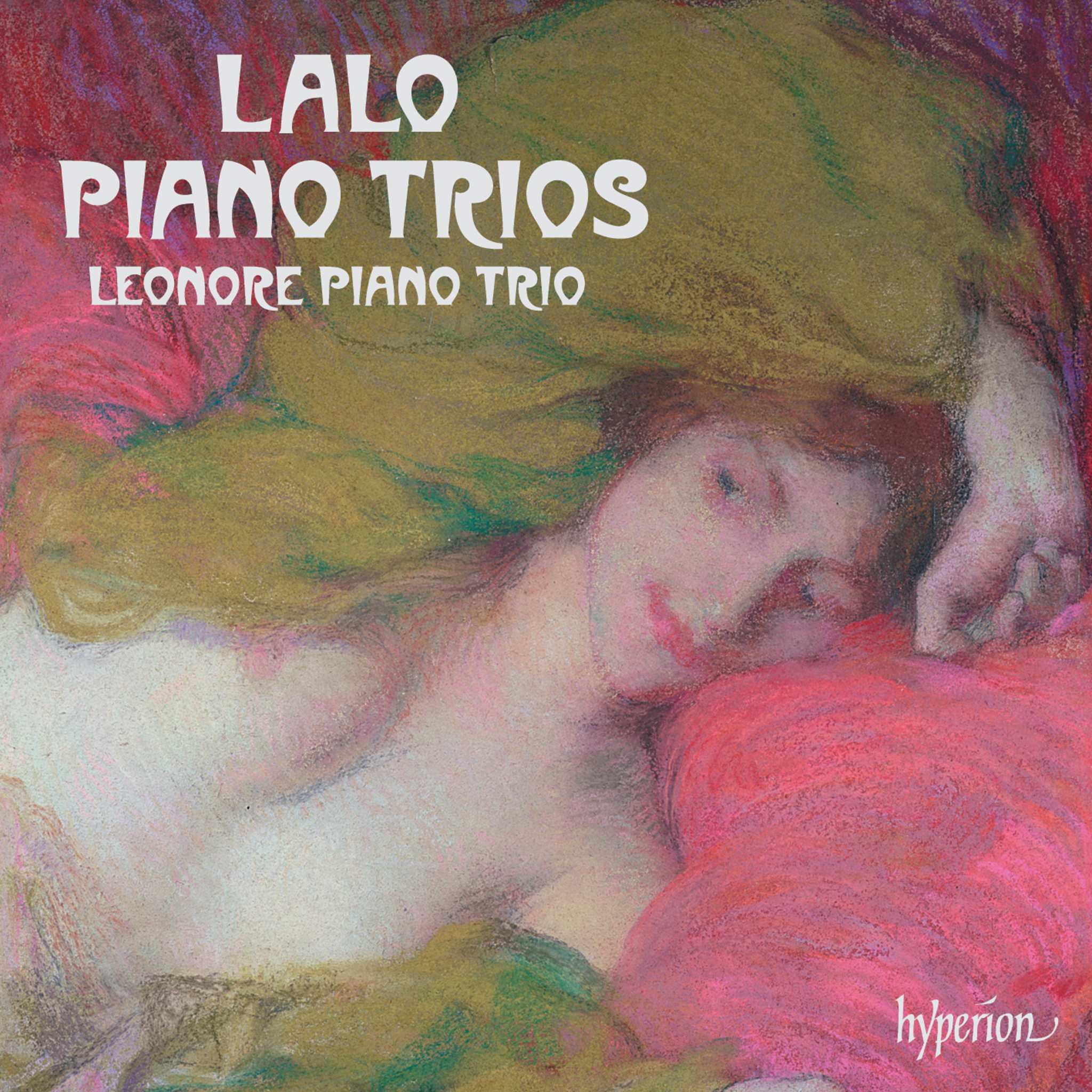アルバム
詳しく見る
エドゥアルド・ラロ

1823年、フランスのリールに生まれる。父親は、息子が安定した職業に就くことを希望していたが、ラロは、早い時期から音楽への興味を示していた。故郷リールを離れ、パリ音楽院でアブネックにヴァイオリンを師事。作曲は、個人レッスンで習っていた。しかし、初めての作品であるふたつのトリオは、まったく反響を得ることができず、ラロを落胆させた。30代には、作曲への意欲を失い、主にヴィオラ奏者として室内楽を演奏していた。
アルト歌手であるジュリーとの結婚を機に、作曲の熱が再燃する。シラーの戯曲をもとにした歌劇《フィエスク》(1867年) を発表したが、演奏される機会はなかった。しかしヴァイオリン協奏曲ヘ長調(1874年) や「スペイン交響曲」op. 21 (1874年) がサラサーテによって初演されると、大成功を収めようになる。舞台作品も続けて書かれ、バレエ音楽《ナム―ナ》が1882年にパリ・オペラ座で初演された。その際会場には、当時19歳だったドビュッシーも同席していた。ラロは初演後に、同作品の管弦楽組曲も作り上げた。
1888年には、彼の歌劇としては最も有名な《イスの王様》も初演され、成功を収めた。同オペラは、1954年ごろまではしばしば演奏されていたが、その後はレパートリーから徐々に消えていった。
1892年、パリにて69歳で没。







